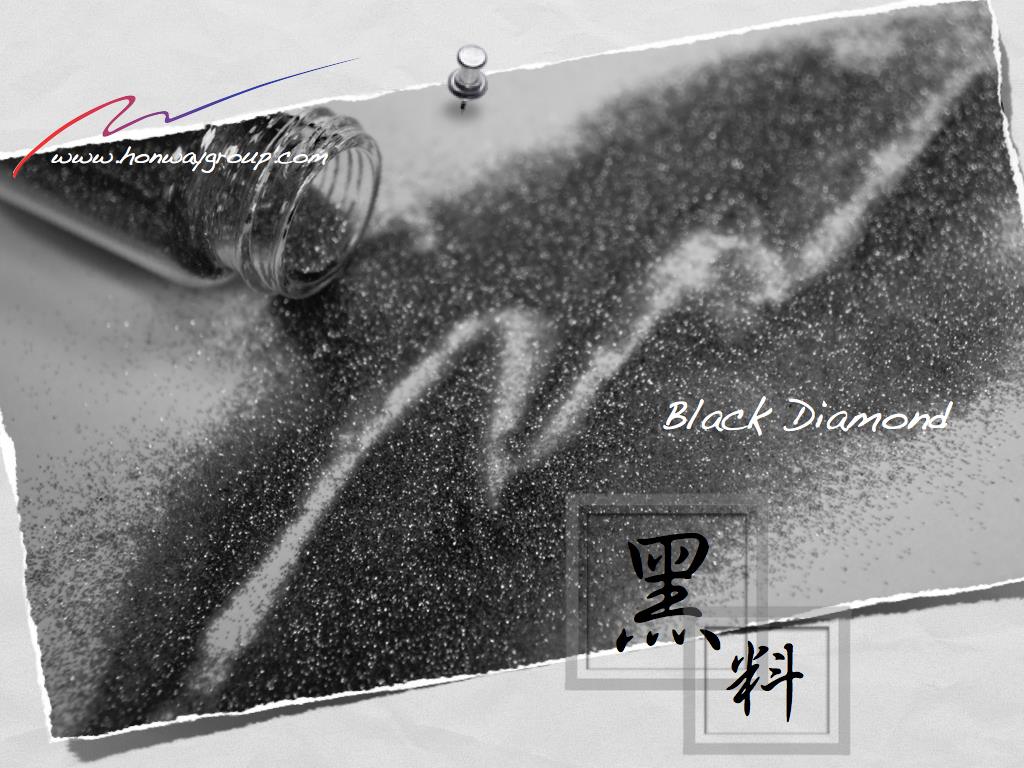Table of contents
What is Orange Peel?
The term “orange peel” here does not refer to the condition commonly discussed in cosmetic or painting contexts but to a type of surface defect that can occur during polishing. Orange peel is a rough surface appearance seen on metal sheets after forming, resembling the texture of an orange’s skin.
Causes of Orange Peel
Orange peel is one of the nightmares for polishing plants. The formation of orange peel stems from varying hardness within the microstructure of steel. These variations in hardness are influenced by the uniformity of the metallographic structure, and this non-uniformity is caused by segregation of elements at the microscopic level. Most of these elements are martensite, ferrite, and pearlite. Segregation of components is a common issue in large forgings, and it is bound to occur in every case to some degree, with varying levels of severity. The toughness of the mold and its susceptibility to segregation are most closely related.
Below is a metallographic image of segregation in 2344 steel. The darker areas indicate regions of high composition (high carbon and alloy concentration) containing many carbide particles (needle-shaped martensite), while the brighter areas represent normal regions (ferrite). During polishing, the dark areas are more resistant to abrasion and are removed at a slower rate, while the brighter areas are less resistant and are removed more quickly. This uneven removal rate creates surface irregularities, and when the surface reflects light, it produces the “orange peel” effect.
How to Solve the Orange Peel Issue
There are two methods to resolve this issue. The first is to revert back to the sanding process to re-grind and remove the orange peel pattern, followed by re-polishing. The second method is to use a sturdy backing plate and apply high-grade abrasives to remove the defects. Regardless of which method is chosen, it is necessary to use extremely high-grade abrasive particles. Only when the abrasive particles have strong enough cutting ability can they uniformly remove both the soft and hard areas of the workpiece. This ensures consistent removal rates, leaving the microstructure flat and uniform without height differences. As a result, the surface will reflect light evenly, preventing the orange peel effect from occurring.





